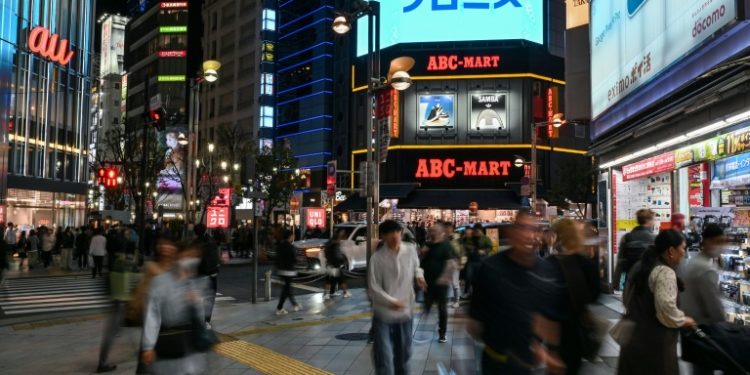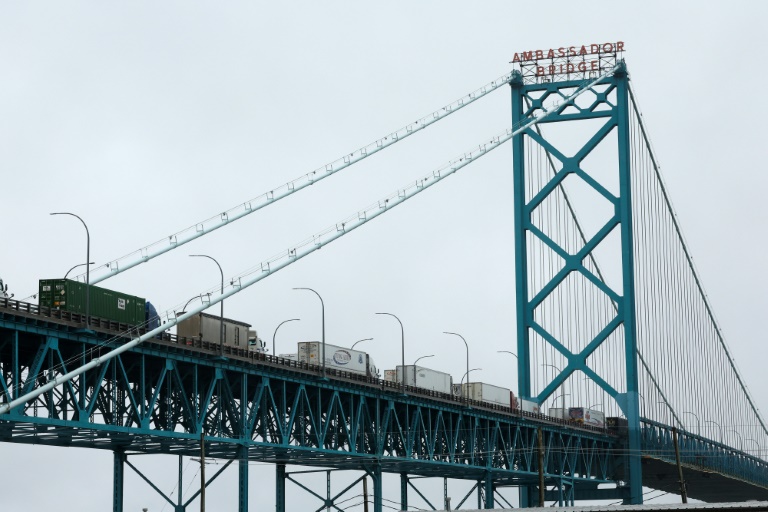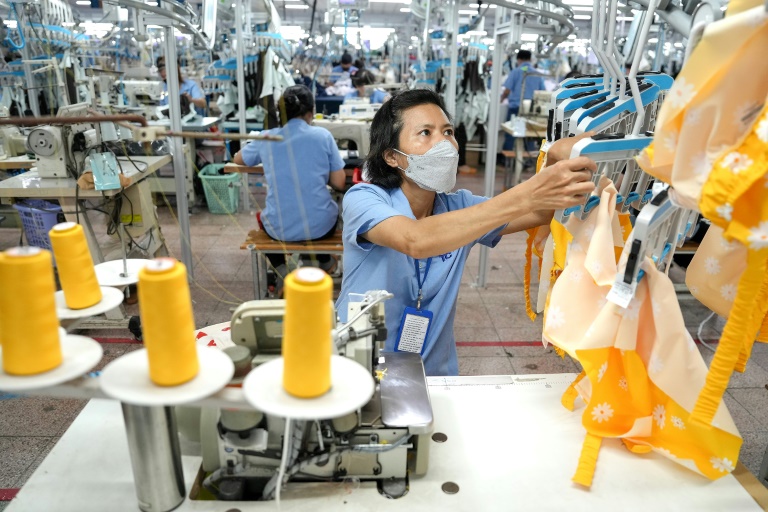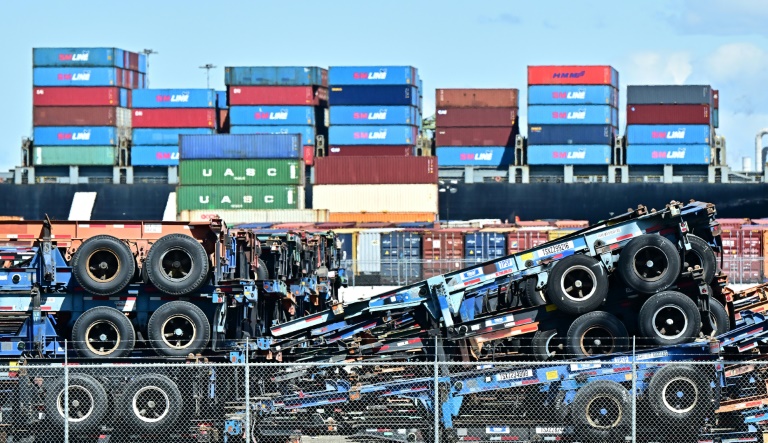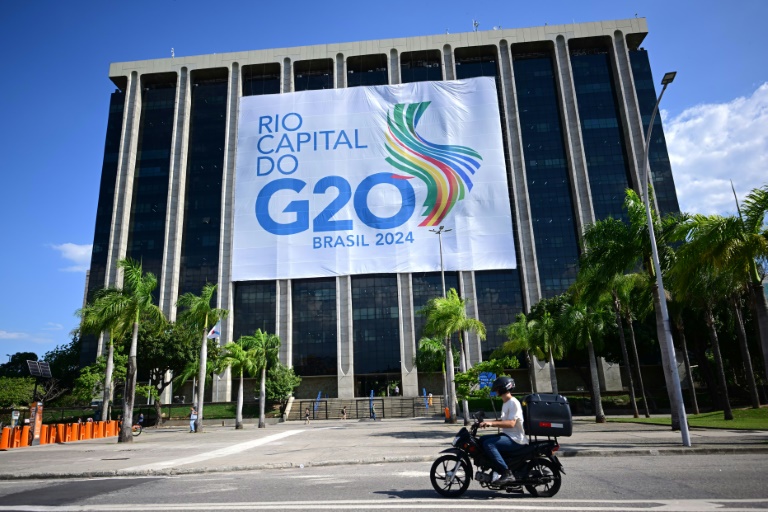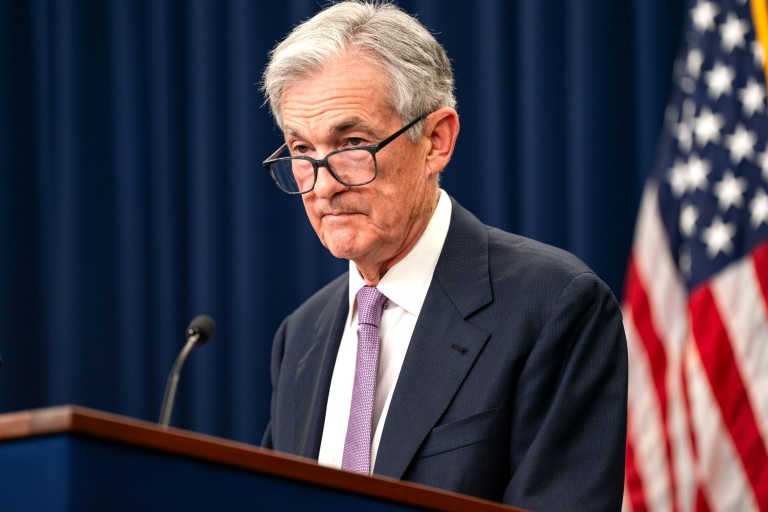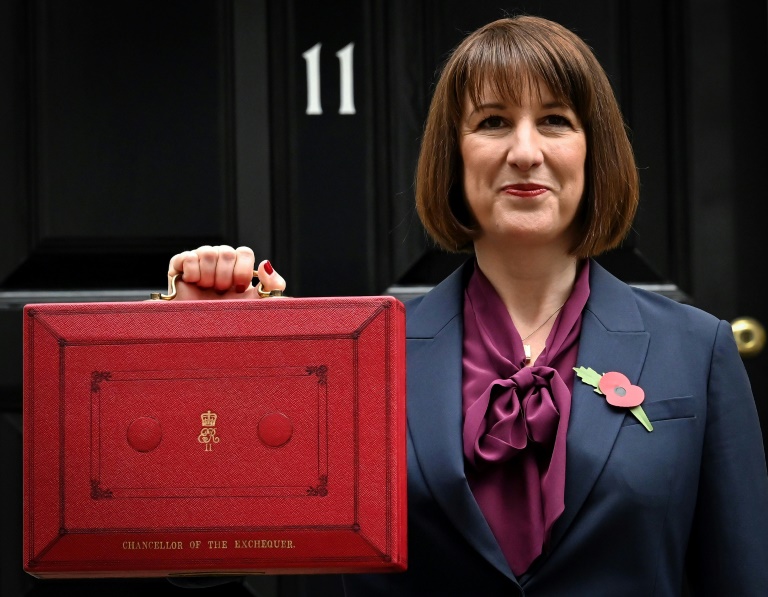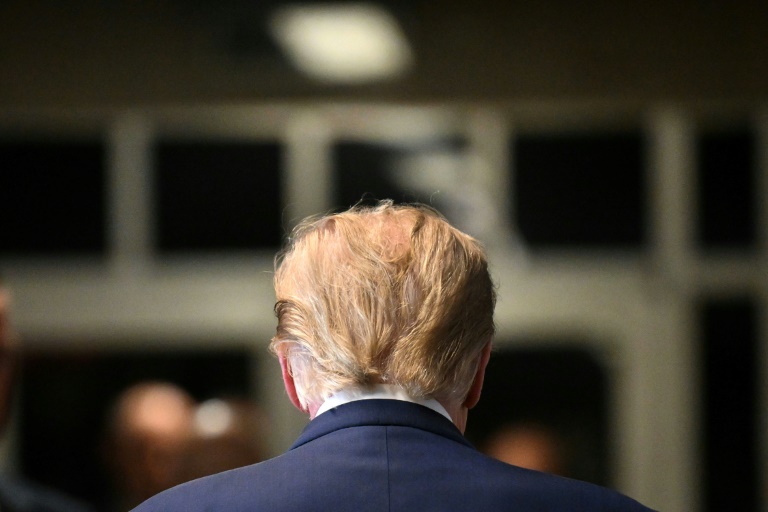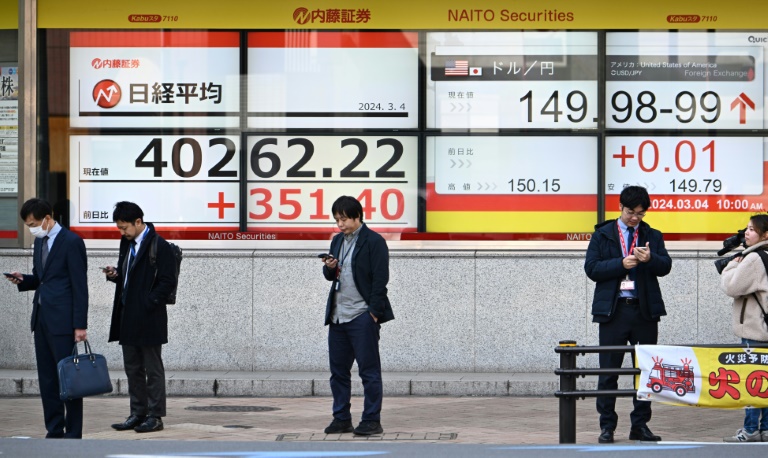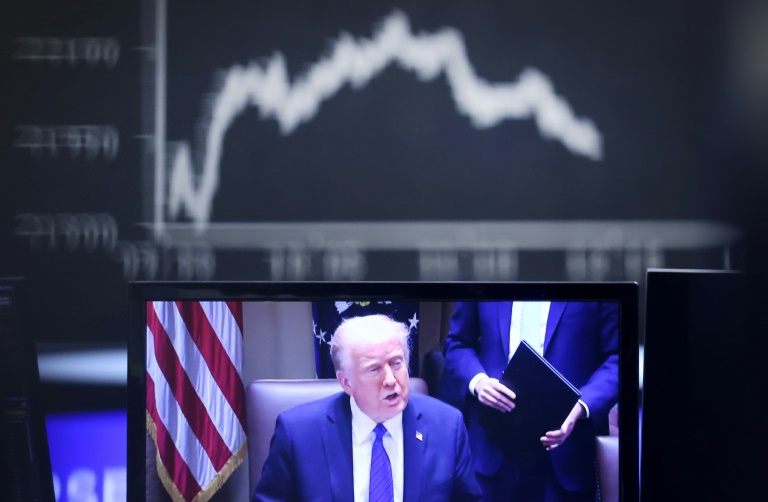Tokyo (AFP) – Japan’s growth slowed in the third quarter after warnings of a major earthquake hit activity, according to official data released on Friday. Prime Minister Shigeru Ishiba is seeking to jumpstart the world’s fourth-largest economy. A “megaquake” alert issued in August, along with one of the fiercest typhoons in decades, resulted in gross domestic product (GDP) expanding by only 0.2 percent between July and September from the previous quarter, as per preliminary government data.
This data met market expectations but marked a slowdown from a revised 0.5 percent growth in the previous three months. On an annualized basis, GDP grew by 0.9 percent, significantly slower than the revised 2.2 percent growth recorded for April to June. The government is anticipating a “gradual recovery” of the economy, which has been plagued for decades by stagnation and harmful deflation, as chief cabinet secretary Yoshimasa Hayashi stated on Friday.
“Our country is at an important crossroads as it’s about to transition into a growth-based economy driven by wage hikes and investment,” Hayashi said during a regular briefing. “To realize that, we will implement all possible economic and fiscal policies, including a package currently under consideration.”
Ishiba maintained his position in a parliamentary vote on Monday, despite leading the ruling coalition to its worst general election result in 15 years last month. The 67-year-old has revealed plans for the government to support the AI and semiconductor sectors with more than 10 trillion yen ($64 billion) by 2030. He also aims to garner support from opposition parties this month to pass a draft supplementary budget for a new stimulus package, which reportedly includes cash handouts for low-income households and families.
Higher spending on cars, following the resumption of production after disruptions related to a domestic testing scandal, contributed to an uptick in output during the quarter, according to analysts. Wage hikes and temporary income tax cuts also acted as positive factors. However, these gains were offset by Typhoon Shanshan and the “megaquake” alert, which was issued and later lifted by the weather agency in August for the first time under a new warning system.
This alert prompted consumers to stock up on emergency supplies, leading to rice shortages in supermarkets, and resulted in thousands of cancellations for hotel bookings during one of Japan’s busiest holiday periods. Factory production also suffered as Typhoon Shanshan struck the same month, causing the cancellation of trains and flights.
Stefan Angrick, an economist at Moody’s Analytics, described the challenges facing Japan as “substantial,” particularly with Donald Trump’s return as US president, which could signal a “tumultuous” period for global trade. “Wage growth is improving but is not yet strong enough to keep pace with inflation, stretching household finances. Weak external demand and domestic production issues will weigh down exports,” Angrick noted. He added that a further slide in the yen against the dollar might prompt the Bank of Japan to raise interest rates before the year’s end, despite the dismal data.
© 2024 AFP

